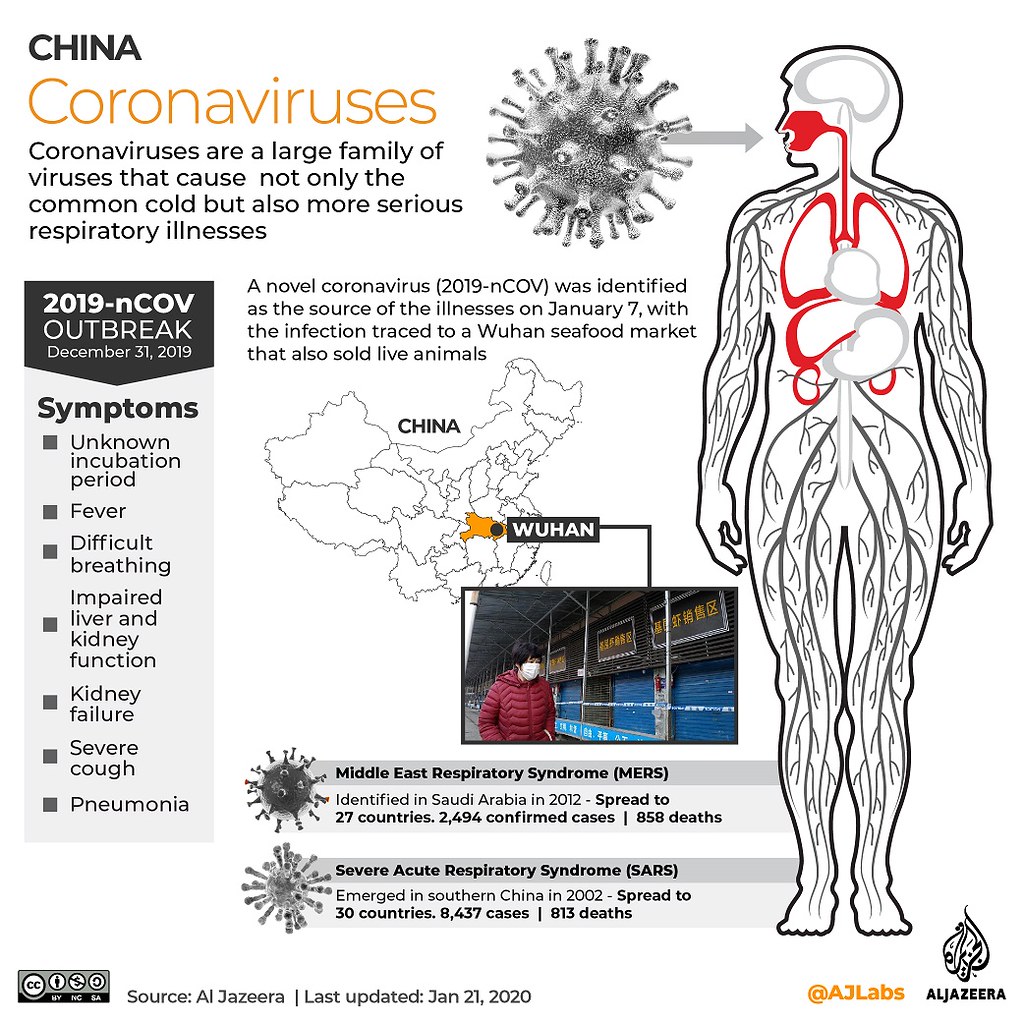Ba tháng sau 1/1/2020, siêu vi trùng Coronavirus đã phát tán ở Vũ Hán, Trung Quốc.


Health experts issued an ominous warning about a coronavirus pandemic 3 months ago. Their simulation showed it could kill 65 million people.
Eric Toner, a scientist at the Johns Hopkins Center for Health Security, wasn't shocked when news of a mysterious coronavirus outbreak in Wuhan, China, surfaced in early January.
Less than three months earlier, Toner had staged a simulation of a global pandemic involving a coronavirus.
Coronaviruses typically affect the respiratory tract and can lead to illnesses like pneumonia or the common cold. A coronavirus was also responsible for the outbreak of severe acute respiratory syndrome in China, which affected about 8,000 people and killed 774 in the early 2000s.
"I have thought for a long time that the most likely virus that might cause a new pandemic would be a coronavirus," Toner said.
The outbreak in Wuhan isn't considered a pandemic, but the virus has been reported in Thailand, Japan, South Korea, Taiwan, Vietnam, Singapore, and Saudi Arabia. The US reported its first case on Tuesday: a man in his 30s living in Washington's Snohomish County, north of Seattle, who recently visited China.
"We don't yet know how contagious it is. We know that it is being spread person to person, but we don't know to what extent," Toner said. "An initial first impression is that this is significantly milder than SARS. So that's reassuring. On the other hand, it may be more transmissible than SARS, at least in the community setting."
A viral pandemic could kill 65 million people

The virus in Toner's simulation would be resistant to any modern vaccine. It would be deadlier than SARS, but about as easy to catch as the flu.
The pretend outbreak started small: Farmers began coming down with symptoms that resembled the flu or pneumonia. From there, the virus spread to crowded and impoverished urban neighborhoods in South America.
Flights were canceled, and travel bookings dipped by 45%. People disseminated false information on social media.
After six months, the virus had spread around the globe. A year later, it had killed 65 million people.
The Spanish flu pandemic of 1918, by contrast, claimed as many as 50 million lives.
Toner's simulated pandemic also triggered a global financial crisis: Stock markets fell by 20% to 40%, and global gross domestic product plunged by 11%.
"The point that we tried to make in our exercise back in October is that it isn't just about the health consequences," Toner said. "It's about the consequences on economies and societies."
He added that the Wuhan coronavirus could also have significant economic effects if the total number of cases hits the thousands.
On Tuesday, Hong Kong's stock market fell by as much as 2.8%. The drop was led by the tourism and transportation sectors, including airlines, tour agencies, hotels, restaurants, and theme parks.
Nguồn: Business Insider / Aria Bendix

No comments:
Post a Comment